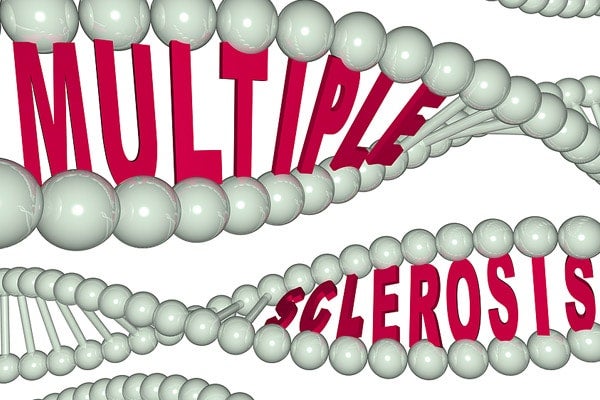
Study finds new way to predict MS diagnosis in children
Published: November 10, 2011
Early MRI scans can help predict the diagnosis of multiple sclerosis (MS) in children, which may permit earlier initiation of treatment, according to a new national study.
The study was led by The Hospital for Sick Children (SickKids) and the University of Toronto and was performed as a part of the Canadian Pediatric Demyelinating Disease Network, a 23-site study that includes all paediatric health-care facilities in Canada. The study is published in the Nov.7 advance online edition of Lancet Neurology.
MS is an autoimmune disease that affects the brain and spinal cord. People with MS develop lesions (patches of inflammation in the central nervous system (CNS)) in which the neurons have been stripped of their myelin (insulating fatty protein).
In this study, the investigators created a rigorous scoring tool that was applied to magnetic resonance imaging (MRI) scans from paediatric patients following their first acute CNS demyelinating attack.
An acute CNS demyelinating attack could involve a variety of symptoms, including loss of vision, tingling in lower limbs, inability to walk, loss of balance or even paralysis. Previously, established criteria have required clinicians to wait until the occurrence of a second attack to make the diagnosis of MS. A second attack could occur as early as a month after the initial attack or many years later.
Although the time to a second attack may take months to years, ongoing disease activity occurs even between attacks. Identifying children with MS through analysis of MRI scans obtained at the first acute attack can lead to rapid diagnosis and to an opportunity to offer treatment even before a second attack.
U of T professor Brenda Banwell of pediatrics, principal investigator of the study, is a taff neurologist and senior associate scientist at SickKids. She noted that while MRI has been used on adults in this manner, “this is the first time anyone has applied an MRI scoring tool to MRI scans from a population of at-risk pediatric patients. The study demonstrates that there are reliable MRI features present at the first clinical attack that indicate that the biology of MS is already established and has been going on for some time.”
The national prospective incidence cohort study involved 284 eligible children and teens – of which more than half were SickKids patients – between September 2004 and June 2010. More than 1,100 MRI scans were obtained from the participants. Twenty per cent of thechildren were diagnosed with MS 180 days after presenting with a first attack. Using the new technique, the scientists found those patients whose scans revealed two particular types of lesions, T1-weighted hypointense and T2-weighted periventricular lesions, were more likely to be diagnosed with MS. Patients with the highest risk were the ones who had both types of lesions.



